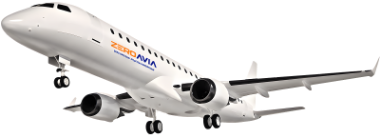The Clean Future of Flight
Pioneering Electric Aircraft Propulsion
The Clean Future of Flight
Pioneering Electric Aircraft Propulsion
Hydrogen-electric and electric propulsion technology for clean, efficient and affordable flight.
Hydrogen-electric and electric propulsion technology for clean, efficient and affordable flight.
ZeroAvia is developing full hydrogen-electric engines for existing commercial aircraft and also supplying hydrogen and electric propulsion component technologies for novel battery, hybrid and hydrogen-electric air transport applications.
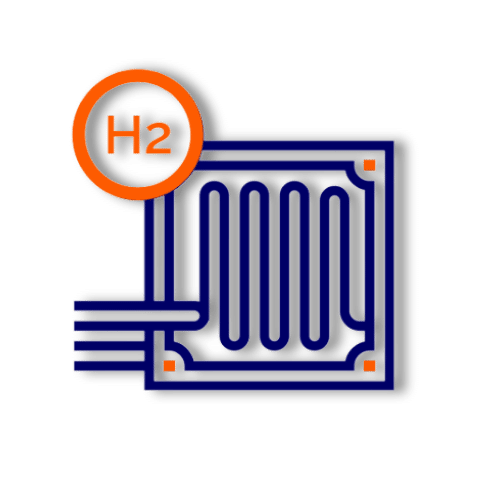
Zero-emission

Lower Costs

Cleaner & Quieter

Increased Connectivity
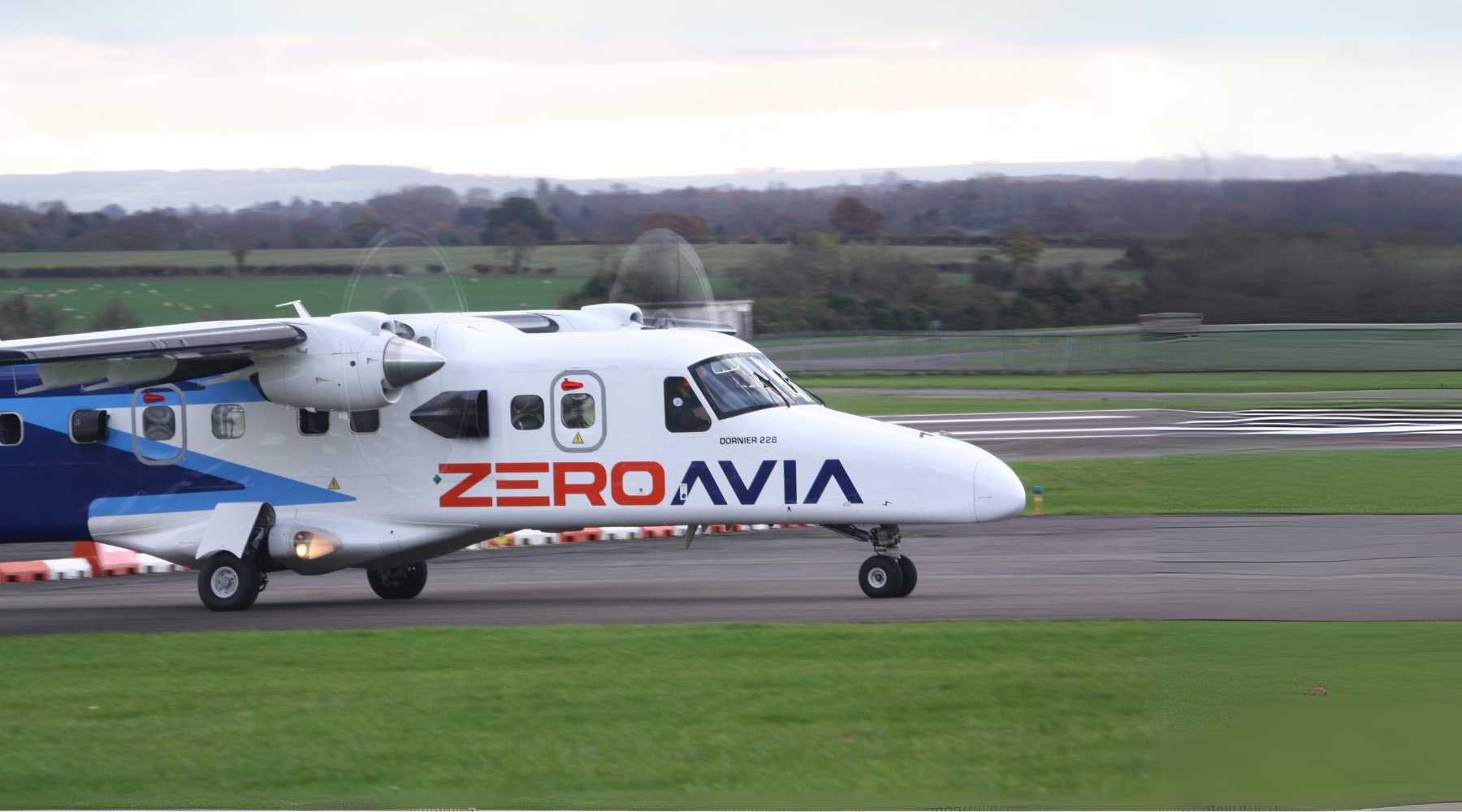
Aviation’s climate impact will grow exponentially without scalable, affordable and holistic solutions

Delivering a Clean Future of Flight
 Powertrains
Powertrains
Hydrogen-electric powertrains for 10-20 seat and 40-80 seat regional aircraft. Delivering truly clean flight with lower operating costs.
 Components
Components
Hydrogen fuel cell and electric propulsion system components with high power density, flexibility and reliability, offering a step change for electric aircraft.
 H2 Refueling
H2 Refueling
Breakthrough hydrogen production and refueling technologies combined with peerless knowledge on developing airport hydrogen ecosystems.
Markets
We are working with aircraft operators, owners and manufacturers to supply the world’s breakthrough zero-emission electric engines and the infrastructure and fuel to power a revolution in green flight.

Operators
Switching to hydrogen-electric propulsion can deliver 40 percent operational cost savings and zero-emission flights
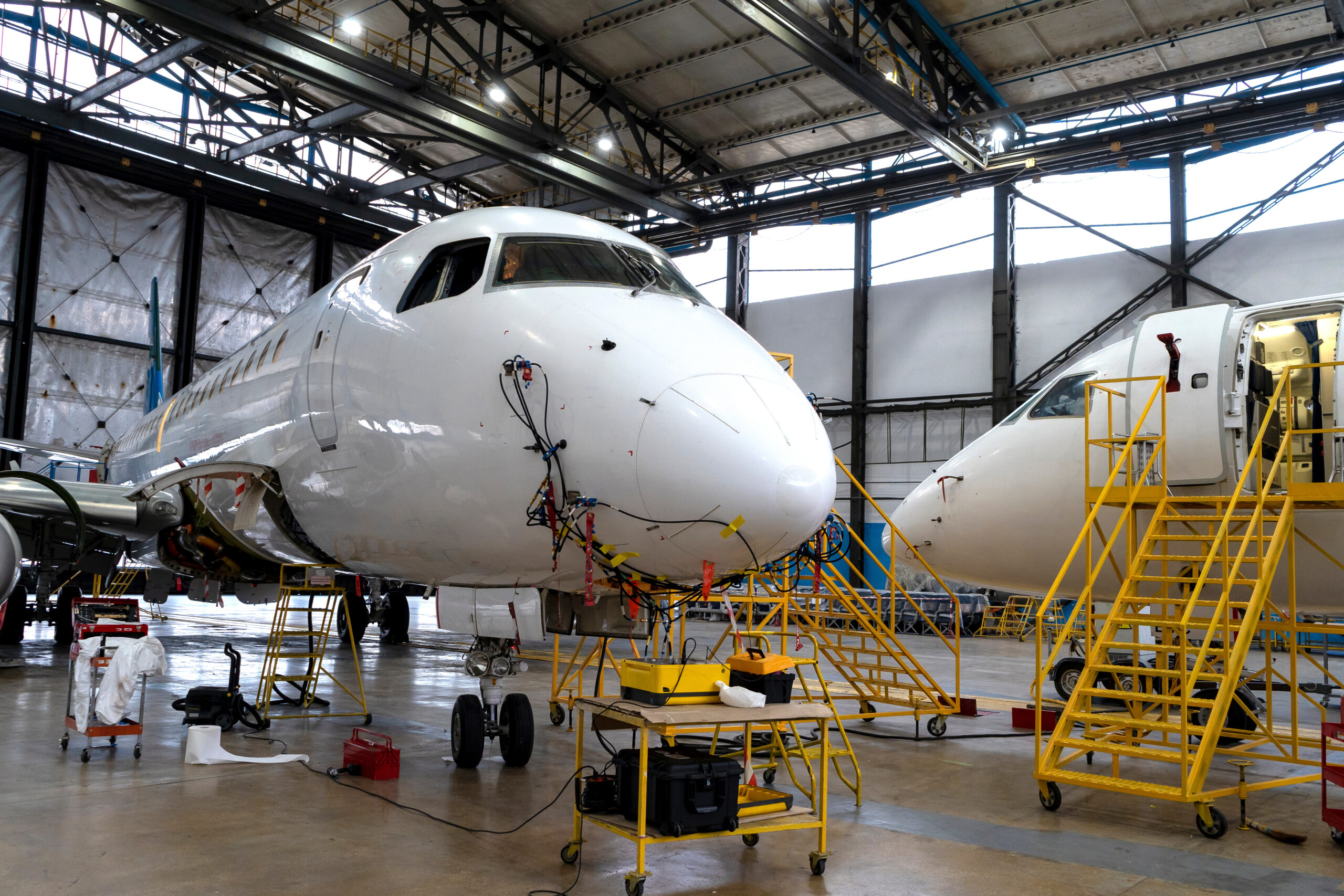
OEMs
The only alternative propulsion system that can deliver the range, payload and emissions elimination required by the market
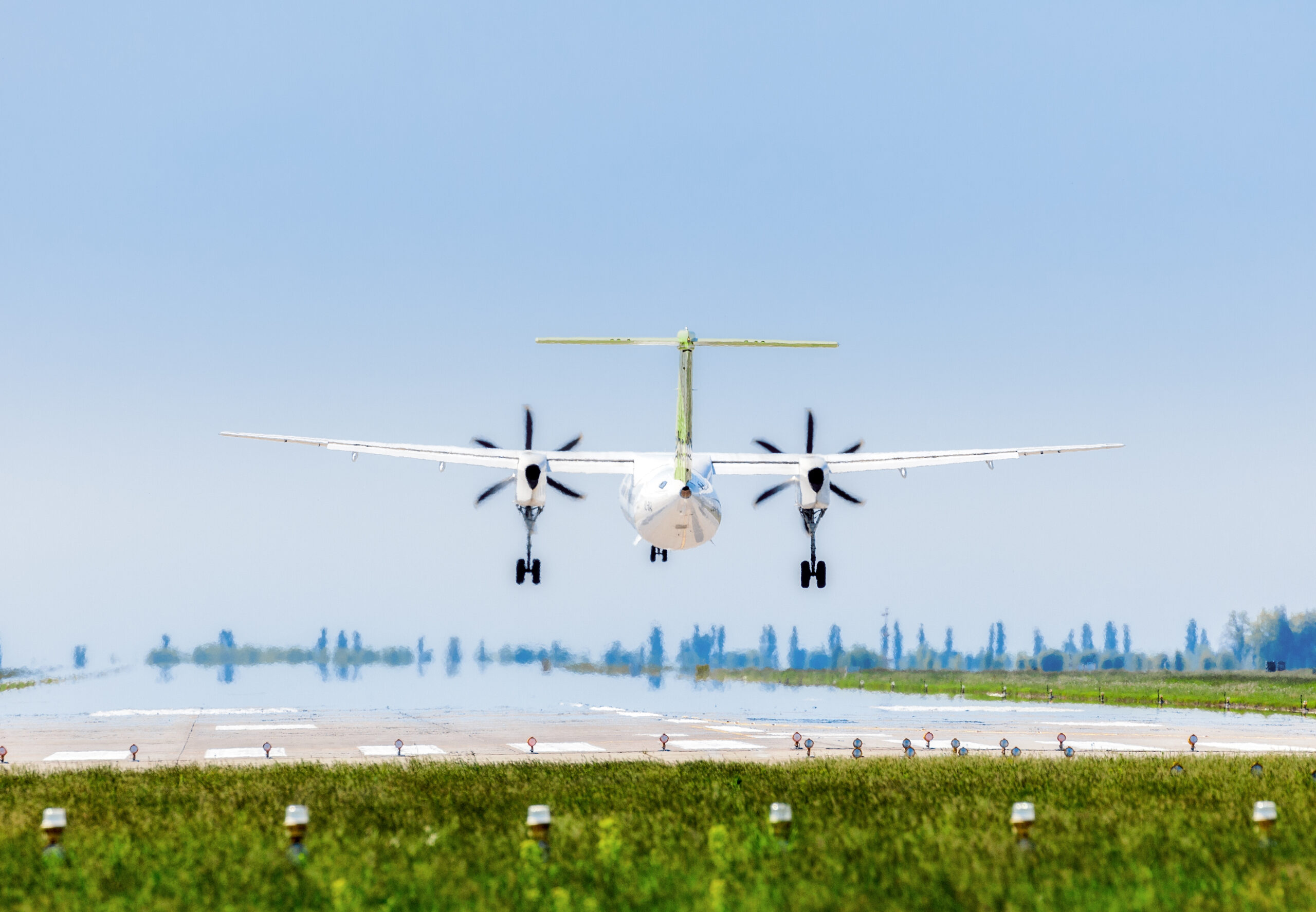
Lessors
Dramatically cut operating costs, deliver zero-emission flight and significantly lengthen the lifespan of existing aircraft in service
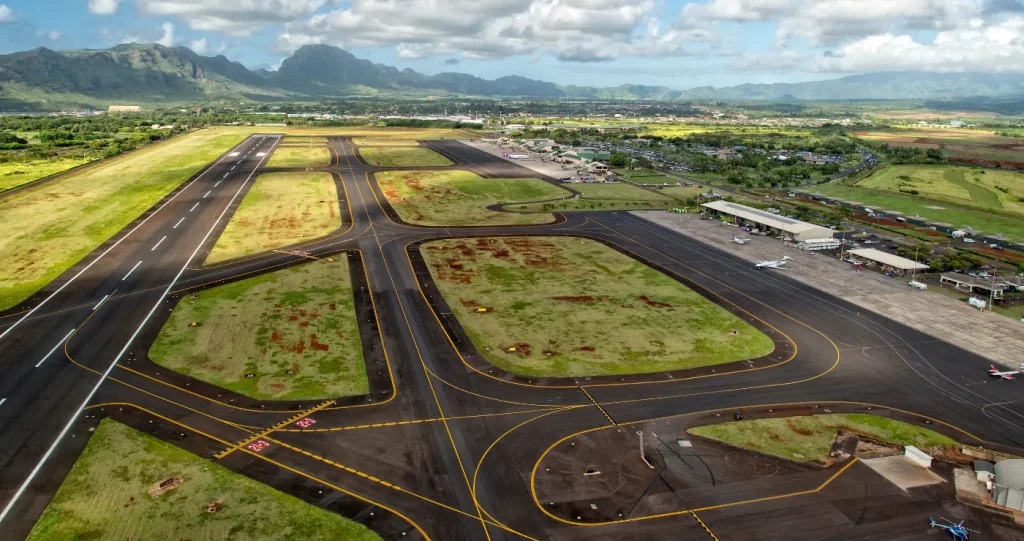
Airports
Cut emissions from flights operated and wider footprint, reduce noise and air quality impact, and secure new revenue streams
Customers & Partners

Powertrain Timeline
10-20 seats
300 NM range
ZA600
40-80 seats
700 NM range
ZA2000
100 seats
1000 NM range
ZA2000RJ
100-200 seats
1500 NM range
ZA10000
200+ seats
5000 NM range
Speak with a representative to explore our offerings and potential partnerships.
Graph 1: ICSA (2016). ICSA calls for Environmental Integrity and Broad Participation on International Efforts to Offset Aviation Pollution & Air Transport Action Group (2021), Waypoint 2050
Graph 2:
EASA (2020). Updated analysis of the non-CO2 climate impacts of aviation and potential policy measures pursuant to the EU Emissions Trading System Directive Article 30(4)
Graph 3: Transport & Environment (2025). Why European aviation needs to urgently address its growth problem




